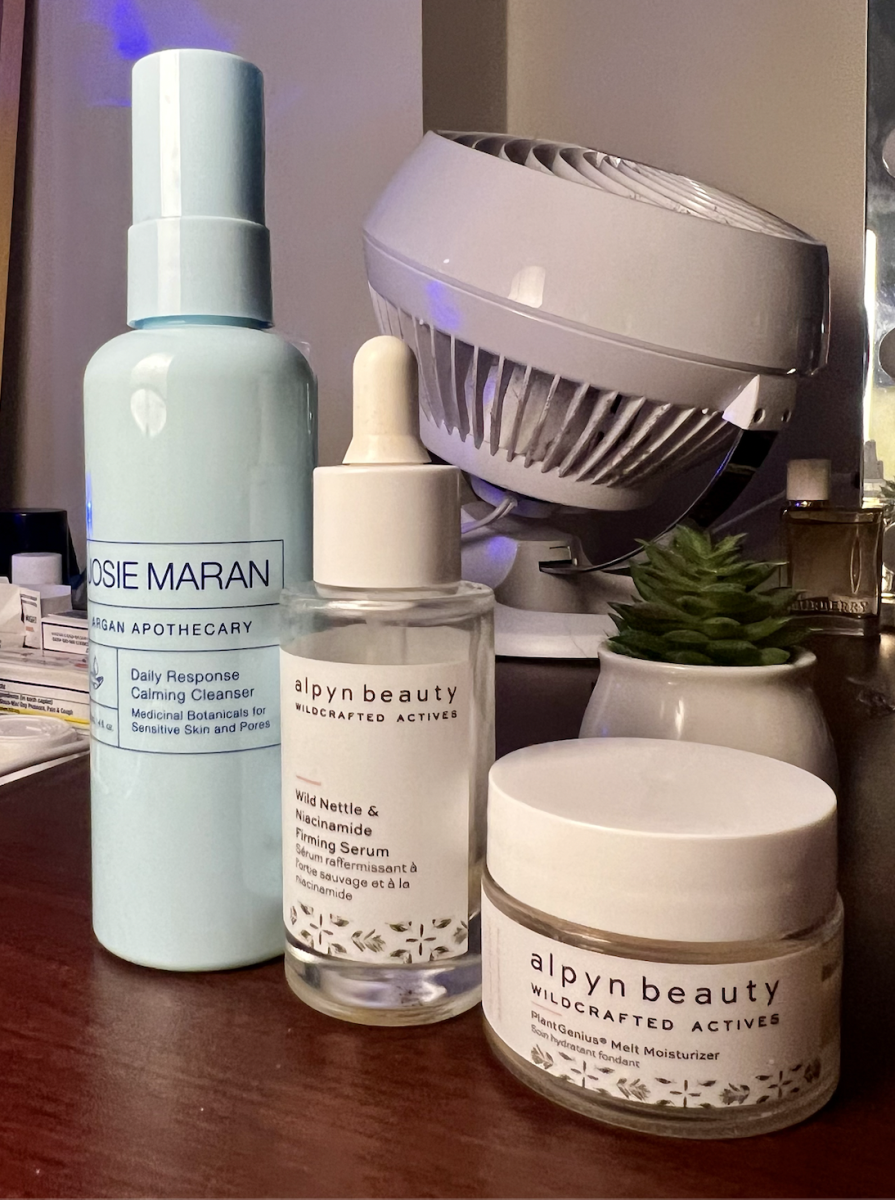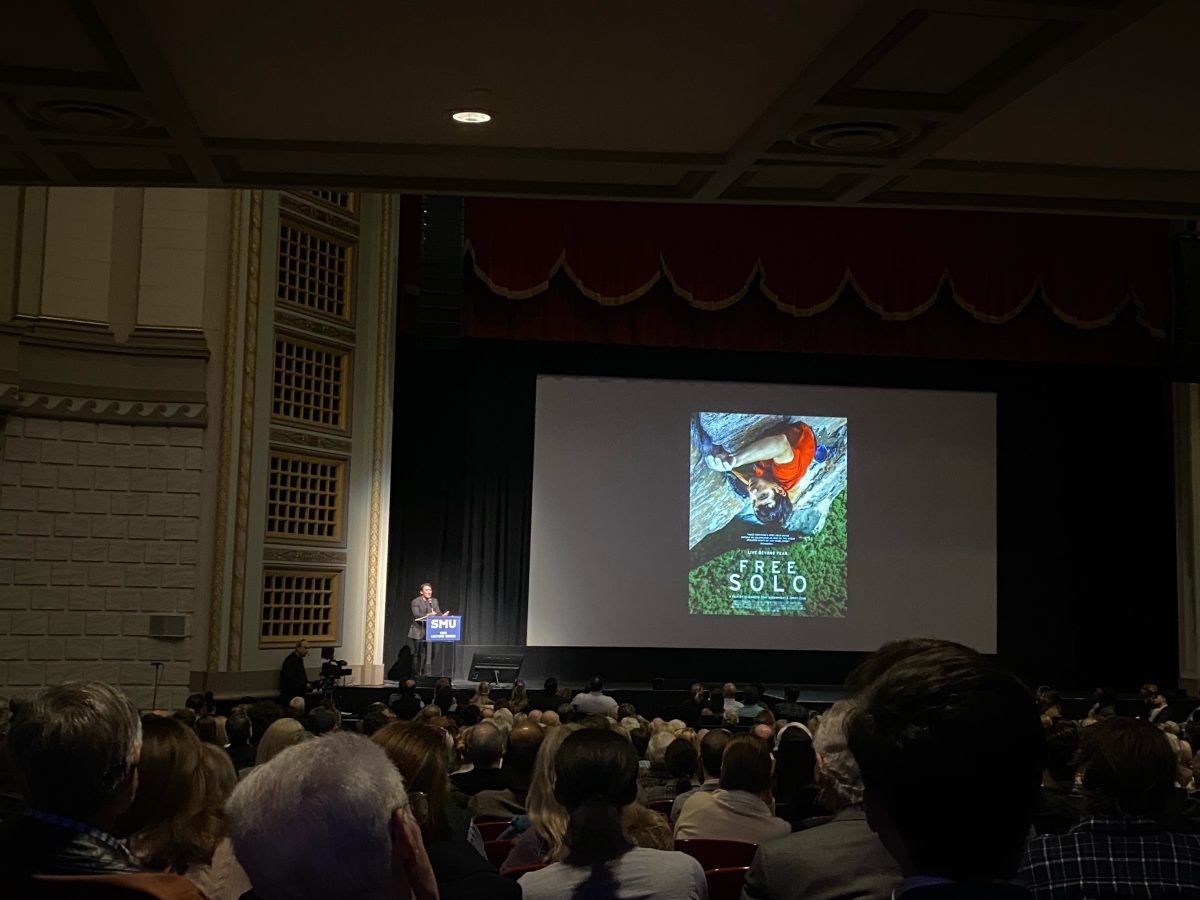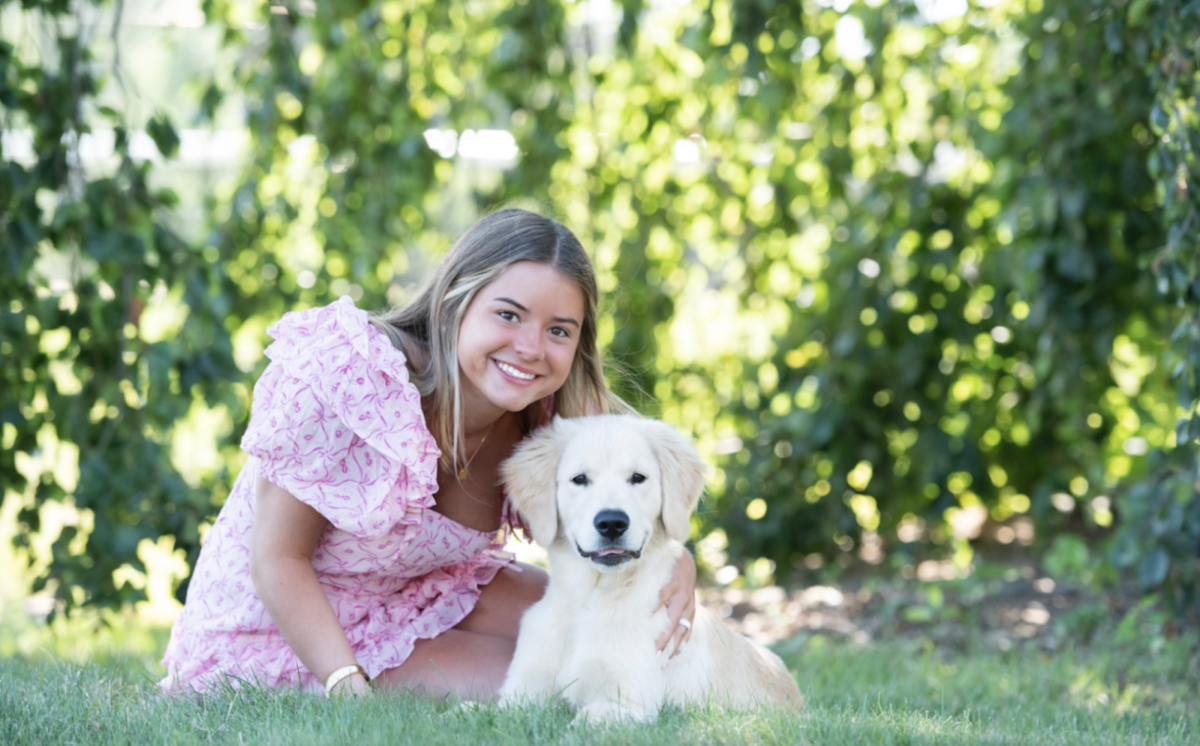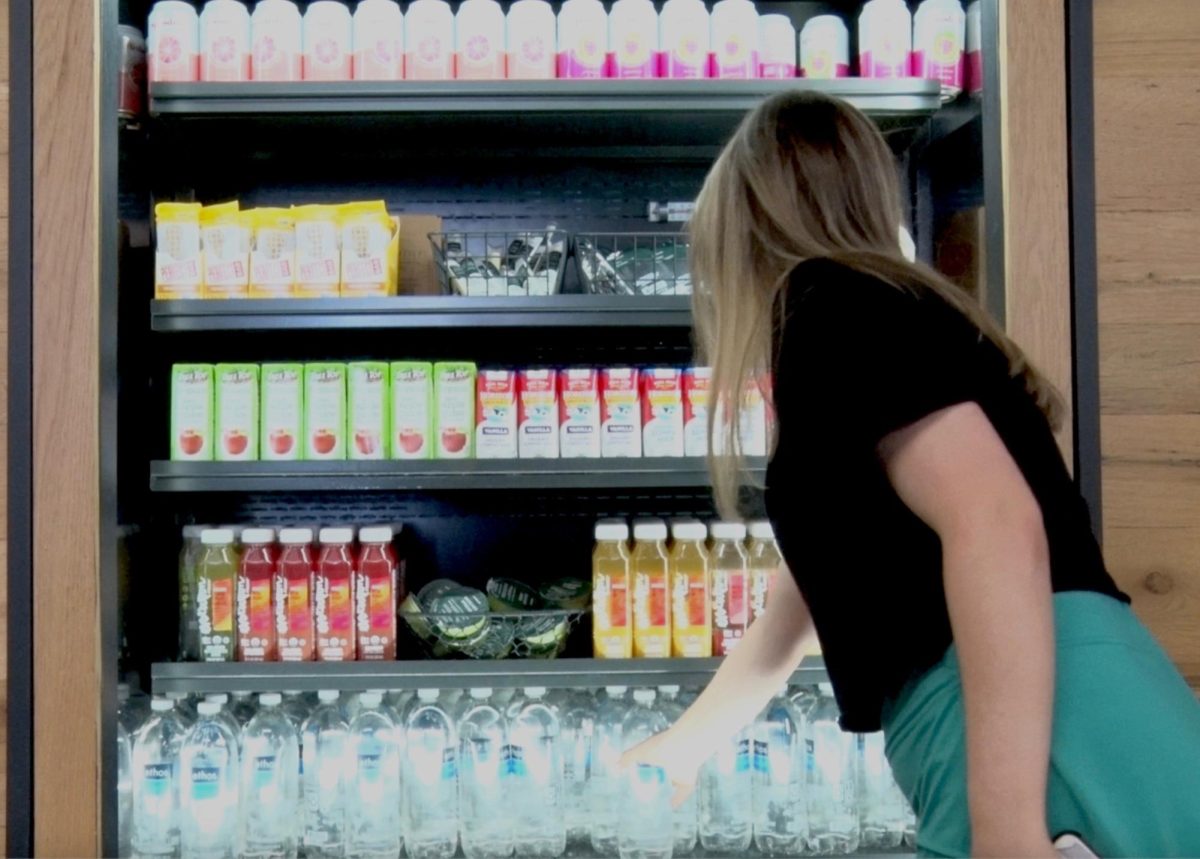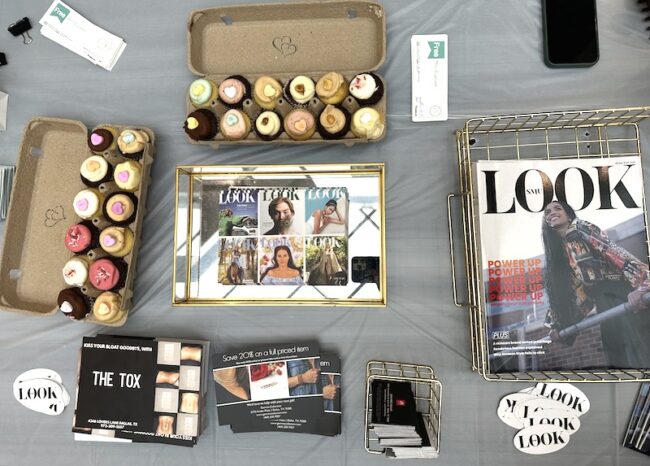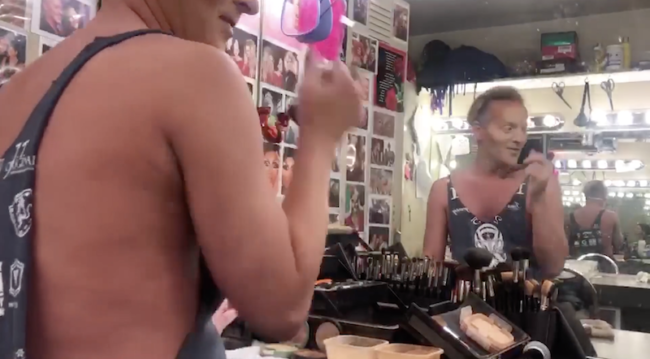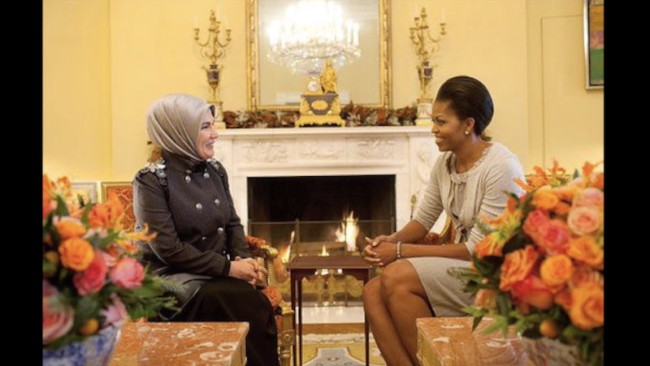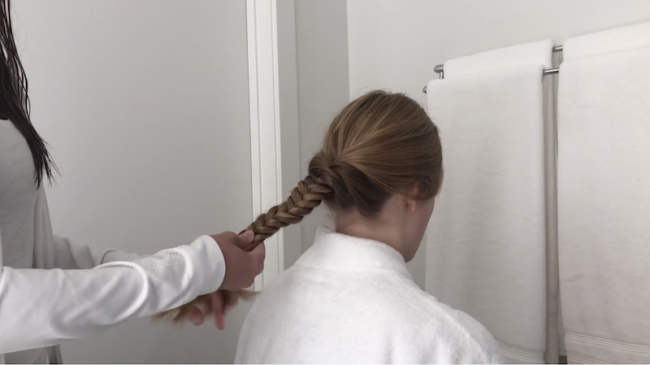BY ASHLEY WALI

It’s the simplest statements that make the biggest impact. Fashion Week was replete with monochromatic runway presences, both in clothing and in models.
This lack of diversity has been a perennial problem in the fashion industry for at least the past 15 years, at home and abroad. While the “white out” years that have blemished the industry appear to be on their way out, not much has changed.
In an age where transgender model Andreja Pejic can front campaigns to public approval, racial diversity concerns in fashion should be an archaic contention. But the business is still laden with inequality, particularly in the modeling arena.
“It really comes down to supply and demand with anything in fashion,” said Brenda Gomez, director of Dallas-based modeling agency Wallflower Management. “Once a designer or retailer makes a choice about diversifying, all will follow.”
Bethann Hardison, a former model, agency owner and activist, instigated a series of panel discussions on the subject of diversity. Last year, Hardison, Somali-born Iman and British Naomi Campbell joined forces to form the Diversity Coalition, an organization that pushes for diverse runways. The Diversity Coalition plans to monitor castings and shows in hopes of ameliorating the situation.
New York Fashion Week’s Fall/Winter 2014 collections might have introduced a crop of new trends, but the faces weren’t anything new.
According to Jezebel’s NYFW racial diversity report, based on the 148 runway shows, a total of 4,621 looks were presented. Of those looks, models of color wore only 985. This yields about 79 percent of the looks being worn by white models.
“There is some great diversity in the industry itself. But bigger companies cater to a specific clientele and that clientele wants to see themselves,” said John Piermarini, owner of Piermarini Boutique in Snider Plaza. “Let’s just use beautiful people and not 14 models who all look the same.”
The issue is not only connected to the deficit of diverse models, but also the industry’s complacent attitude. Designers who select an all-white cabine, the chosen group of models, are, quite simply, incognizant because they fail to realize that the world no longer looks that way.
It’s truly a regression from the 70s, when African American models were prized on runways. Hubert de Givenchy was noted for having the first cabine with all African American models, and Yves Saint Laurent used African American models liberally in his Paris shows.
A handful of designers have refused to rely on the blinkered sensitivities of Caucasian-centric casting directors.
Tom Ford and Diane von Furstenberg, for instance, have consistently shown considerably integrated runways. Riccardo Tisci casts on the streets of New York and sifts through hundreds of Polaroids each season, and his Givenchy shows have become a platform for models of color. Rick Owens staged his spring show with a performance of step teams from historically African American sororities, turning out to be one of the most vibrant fashion spectacles in years.
But the question remains: is it really the brands’ own desire to hire these models, or is the pressure of activism influencing casting decisions?
What several fail to realize is that this change is also good for business. Unlike the stringent diktats of years past, fashion and its influence are no longer confined to a select few cities. Couture, while resplendent, cannot keep a design house alive—even with hearty infusions from its core clients, who mostly live in Asia and the Middle East.
The industry has been quick to find new Asian models in response to the to the flourishing Chinese demand for luxury goods. Simultaneously, affluent markets on the rise in countries like Angola and Mozambique mean that fashion companies that don’t sanction global imagery are strategically incompetent.
The most astounding aspect of the persistent deficiency in diversity is that there have been no palpable repercussions for those who still see colorless runways as a suitable form of artistic expression. In Europe, Phoebe Philo of Céline, Raf Simons of Dior and many others have presented entire collections using no minority models.
According to model Doa Jafri, there are still several designers and casting agents who remain peculiarly blind to minority models, or unmoved by the notion that fashion has a race problem.
The way we look is a product. The majority of the U.S. is very isolated and not exposed to colored people,” said Jafri, who is a Pakistani-Indian model signed with Wallflower Management. “If you look at any big campaign with a colored girl, the brand is usually a little more ghetto.”
The fashion industry has consistently come under fire for its perpetuation of the portrait of female perfection. While the industry is not solely responsible for these issues.
The lack of diversity has implications beyond the industry. Not only is this uniformity boring audiences rigid, it’s making it all too easy for the public to feel alienated from the industry as a whole.
According to Gomez, this lack of diversity is critical, as fashion is where many young women cultivate their idea of beauty. “This has always been an issue within our industry,” said Gomez. “There are broader implications. What’s good about a little African American or Hispanic girl growing up thinking that the beauty ideal is blonde hair and blue eyes?”
To the designers who say they cast white models for aesthetic reasons: does that mean clothes don’t look good on people of color?
It’s simple—when a woman sees someone that looks like them, it makes them feel that they belong. We’re in a time where new global markets have flourished and multiethnic beauty is what the world is interested in seeing. The upper echelon of fashion must realize that it’s a big world out there—one that looks quite different than the girls currently walking down runways.



